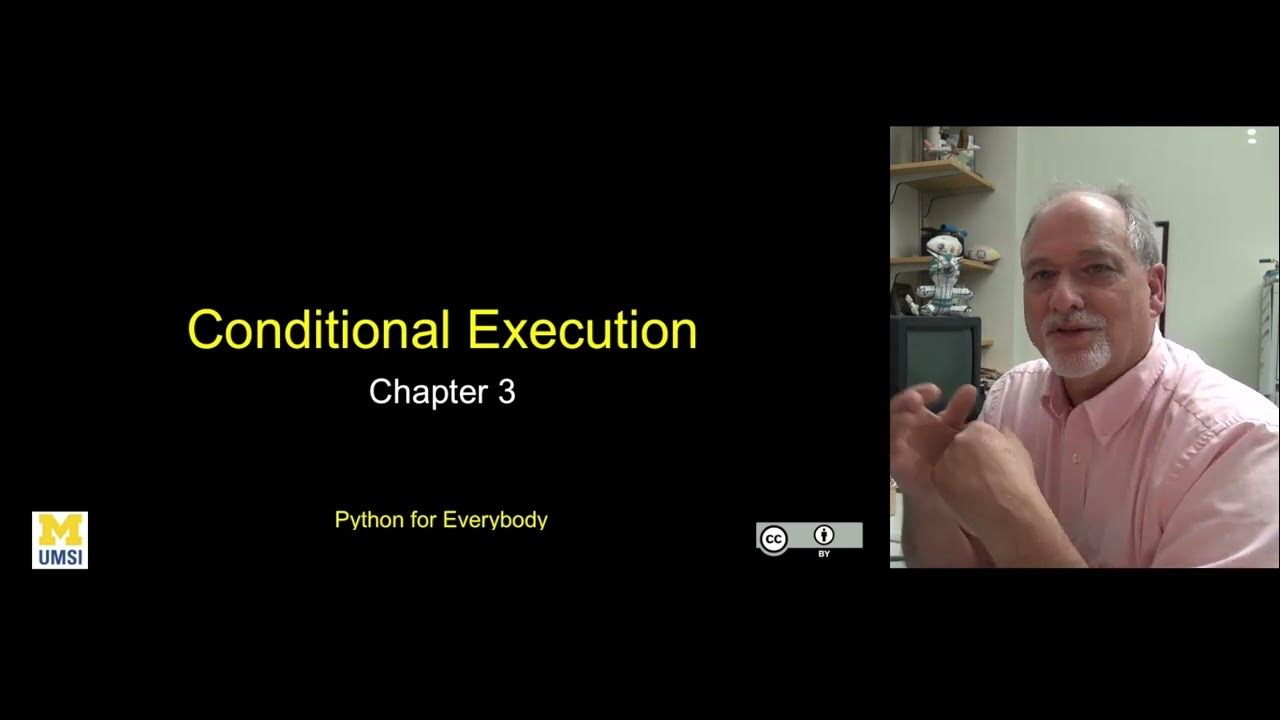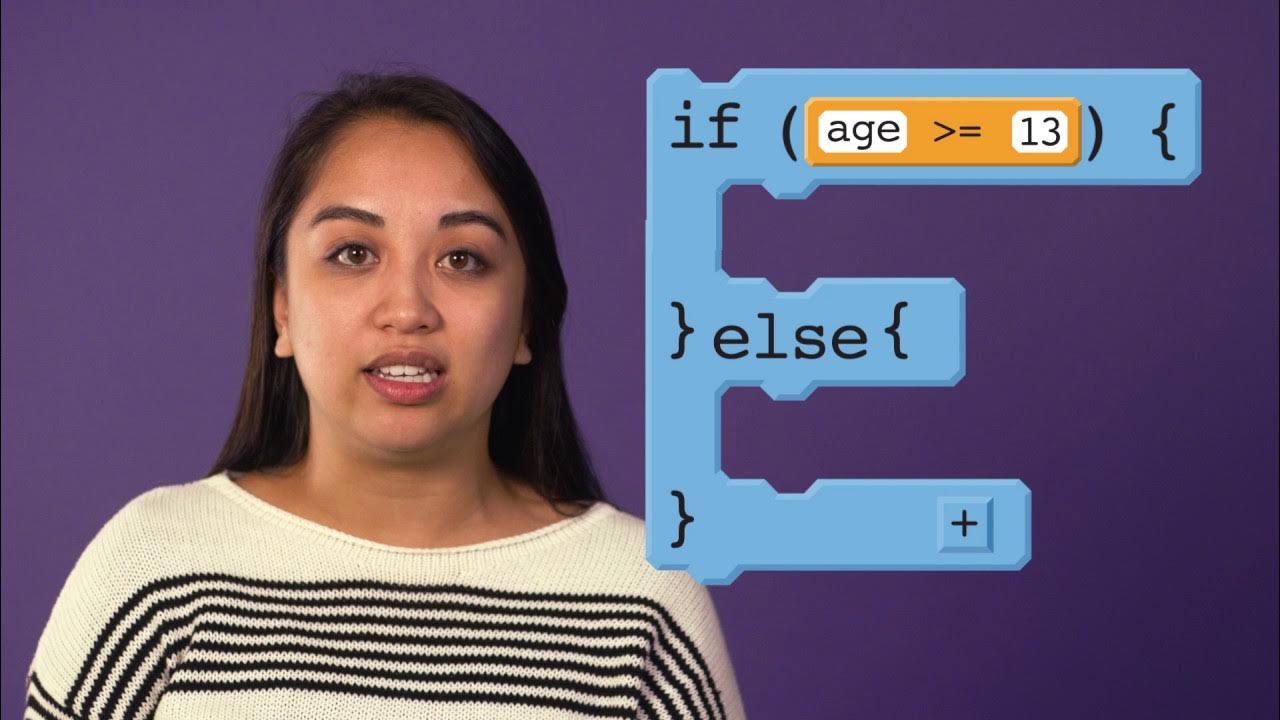Konsep Dasar Percabangan dan Percabangan IF Bahasa Pemrograman Python
Summary
TLDRThis video introduces the concept of conditional branching in programming, specifically focusing on the 'if' statement in Python. Through relatable real-life scenarios, such as making decisions about breakfast or navigating traffic lights, the video explains how computers can make decisions based on conditions. The tutorial covers the basics of 'if' statements, demonstrating their importance in creating interactive and intelligent programs. By the end, viewers understand how conditional branching works and how it can be used to enhance the functionality of programs, making them more responsive and decision-driven.
Takeaways
- 😀 Programming involves decision-making, similar to everyday life choices like deciding between breakfast options.
- 😀 In programming, decisions can be made using a concept called 'branching,' where the program can take different actions based on conditions.
- 😀 Branching in programming allows for more interactive and intelligent programs, adapting to different situations.
- 😀 The 'if' statement in programming is used to execute a block of code only when a specific condition is true.
- 😀 Without branching, a program would be limited and unresponsive, such as in games or e-commerce systems where actions depend on conditions.
- 😀 Python has several types of branching: 'if,' 'if-else,' and 'if-elif-else,' each handling different conditions.
- 😀 The 'if' statement is a basic form of branching where the program checks a single condition and executes the corresponding code if it's true.
- 😀 An example of the 'if' statement: A student receiving a reward if their total purchase is above a certain amount (e.g., Rp100,000).
- 😀 If the condition in the 'if' statement is not met, the program simply skips the associated code and moves on.
- 😀 Another example shows a game character leveling up if their score is above a certain threshold, using the 'if' statement for decision-making in the program.
- 😀 Understanding branching helps create smarter programs that react to conditions, making them more engaging and functional.
Q & A
What is the main concept introduced in the video?
-The main concept introduced in the video is conditional branching in programming, specifically the 'if' statement in Python.
Why is conditional branching important in programming?
-Conditional branching is important because it allows a program to make decisions based on certain conditions, making the program more interactive and intelligent.
What are some real-life examples of decision-making that were mentioned?
-Real-life examples of decision-making include deciding whether to have nasi goreng or roti for breakfast, and whether to use a motorbike or public transport to go to school.
How does the 'if' statement work in programming?
-The 'if' statement in programming checks whether a given condition is true. If it is true, the program executes a specific set of instructions; if the condition is false, the program skips those instructions.
What happens when the condition in an 'if' statement is false?
-When the condition in an 'if' statement is false, the program skips the instructions inside the 'if' block and proceeds to the end of the program or any further code.
What are the different types of conditional branching mentioned in the video?
-The video mentions three types of conditional branching: 'if', 'if-else', and 'if-elif-else'.
What is the difference between 'if' and 'if-else' statements?
-'If' only checks one condition, while 'if-else' checks a condition and provides an alternative set of instructions if the condition is false.
Can you explain the 'if-elif-else' structure?
-'If-elif-else' allows multiple conditions to be checked in sequence. If the first condition is false, the program checks the next condition (elif) until it finds one that is true, or else it executes the instructions in the 'else' block.
In the example of Mark's shopping, what condition triggers the special reward?
-The special reward is triggered if Mark's total shopping amount exceeds Rp100,000.
Why does nothing happen when Mark spends Rp50,000 in the shopping example?
-Nothing happens because the condition in the 'if' statement (total shopping amount > Rp100,000) is not met, so the program skips the reward message.
Outlines

This section is available to paid users only. Please upgrade to access this part.
Upgrade NowMindmap

This section is available to paid users only. Please upgrade to access this part.
Upgrade NowKeywords

This section is available to paid users only. Please upgrade to access this part.
Upgrade NowHighlights

This section is available to paid users only. Please upgrade to access this part.
Upgrade NowTranscripts

This section is available to paid users only. Please upgrade to access this part.
Upgrade NowBrowse More Related Video

03 - Conditional A - Python for Everybody Course

12 - IF - ELIF- ELSE (Conditional Statement) Branching - Indonesian Python Tutorial

If Else Statements in Python | Python for Beginners

PY4E - Conditionals (Chapter 3 Part 1)

CSP: Conditionals pt 2B - if/else statements

C++ 12 | Statement If | Belajar Pemrograman C++
5.0 / 5 (0 votes)